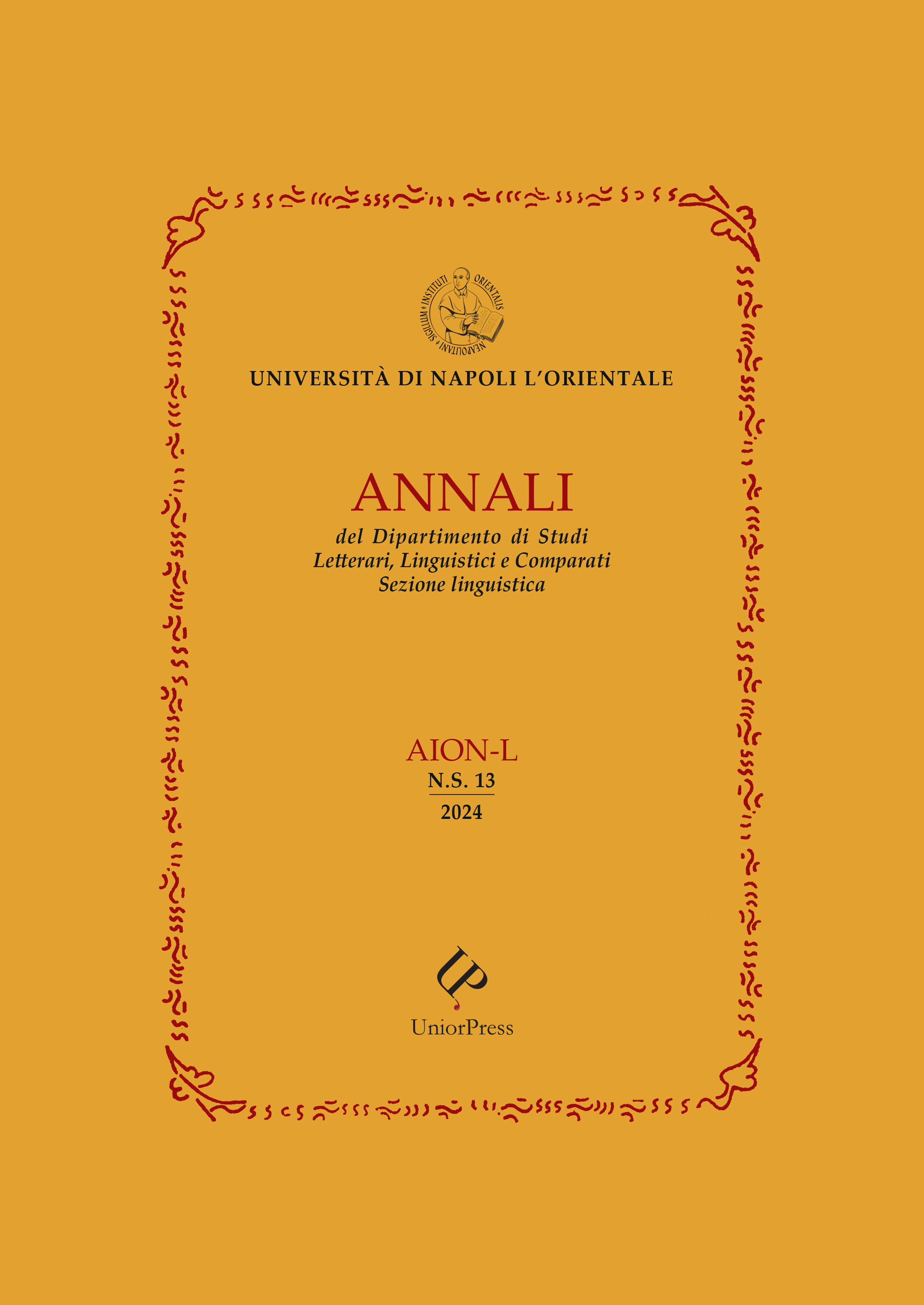Sulla motivazione semantica dei somatonimi lituani di eredità indoeuropea
DOI:
https://doi.org/10.6093/2281-6585/11234Abstract
L’articolo prende in considerazione i lessemi lituani relativi alla sfera semantica del corpo umano. In questo studio viene esaminato lo strato lessicale più antico, quello di eredità indoeuropea. La ricerca si prefigge un duplice obiettivo: innanzitutto si cercherà di ricostruire la struttura interna dei lessemi indagati, ovvero di portare alla luce i processi e i mezzi morfologici coinvolti nella loro coniazione (denominazione), così come il loro contenuto semantico. Il secondo obiettivo è ristabilire la motivazione semantica originaria (e non più vitale), cioè il tipo di relazione semantica tra motivatori lessicali e funzionali riconoscibile nella struttura dei somatonimi. L’analisi permette di distinguere tra somatonimi diacronicamente immotivati (o “primari”) e motivati (o “secondari”). Questi ultimi possono essere assegnati a tre modelli motivazionali: descrittivo, funzionale e relazionale. L’identificazione delle proprietà concettuali di ogni parte del corpo selezionate come motivatori aiuta a comprendere quali principi cognitivi hanno presieduto alla strutturazione di questa porzione del lessico






